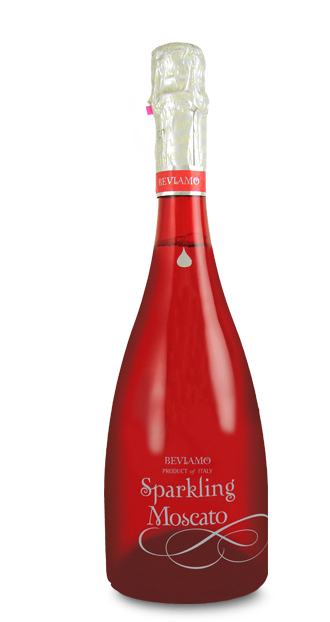
:max_bytes(150000):strip_icc()/Cupcake-vineyard-moscato-5b46476d46e0fb00377699d5.jpg)
Each is produced in stainless steel tanks to preserve the fresh and fruity flavors of the grape, often including peach, apricot, lychee and rose petal. Asti Spumante is less sweet, fully fizzy and more alcoholic (yet still clocking in at only around 9% alcohol) while Moscato d’Asti is sweeter, gently sparkling (“frizzante”) and closer to 5 or 6% alcohol. Historically consumers commonly associated the Asti region with Asti Spumante and Moscato d’Asti, both playful, aromatic, sparkling wines made from the Muscat grape. Other red varieties grown here include Freisa, Grignolino and Dolcetto, which can be bottled varietally or blended into Barbera.

Some of the very best sites for Barbera in Asti are concentrated in the subzone of Nizza Monferrato. Recognized as the source of the best Barbera in all of Italy, Asti is a province (as well as major city) in Piedmont, consisting of a gentle, rolling landscape with vineyards, farmland and forests alternating throughout.īarbera d’Asti can be made in an array of styles from relatively straightforward, fruity and ready for consumption early, to the more concentrated, oak aged version with an ability to cellar impressively for 10-15 years and beyond. While other producers in the area make Moscato, they are primarily red wine focused and Moscato is a very small segment of their overall production. Paolo is 100% dedicated to making Moscato and has earned the following of consumers world- wide, including hip hop celebrities who have rapped about Saracco Moscato in their songs. And, if you can hold on to a bottle for your cellar, it ages beautifully – contrary to common beliefs. Saracco Moscato is always the first wine of the vintage to arrive into the market, released in late November of the same year. It is harvested in late August, vinified in stainless and is ready for bottling a few months later. He bottles weekly so the consumer is always getting the freshest wine. Upon graduating enology school, Paolo Saracco told his father that he wanted to stop selling their grapes as he had been doing, and produce a namesake Moscato wine. His father was very reluctant but eventually realized that his son was on to something. Paolo created the quality Moscato category in the US market, was named the “Maestro of Moscato” by wine writer Antonio Galloni in 2011 and has gone on to receive the highest and most consistent over 90 point scores from the top wine publications for the past 10 vintages.

Ca DGal Vigna Vecchia 2011 Michele Chiarlo Nivole 2016 Contratto De. Saracco is located in the small village of Castiglione Tinella, in Asti, in the heart of the Langhe, in Piedmont, Italy The Langhe is known as the land of great Nebbiolo wines like Barolo and Barbaresco but it is also home to the Muscat Bianco Canelli grape that produces Moscato d’Asti. The Best Moscato DAsti Wines To Buy In 2023 (Including Tasting Notes, Prices).


 0 kommentar(er)
0 kommentar(er)
